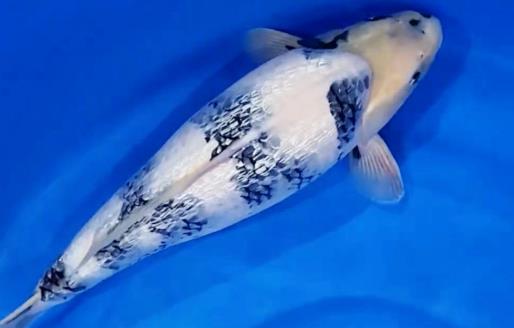The main reasons why koi fish are inactive during the day include the following aspects:
Water Quality Issues: Water quality is crucial for the health of koi fish. When harmful substances such as ammonia nitrogen and nitrite in the water exceed the standard, the respiratory system and gills of the koi fish will be damaged, leading to a decrease in their activity level. They may even choose to lie on the bottom of the tank to reduce energy consumption. In addition, if the water temperature is too low or too high, especially when there are sudden changes, it will also cause discomfort to the koi fish, resulting in them lying on the bottom of the tank.

Disease Infections: Koi fish may suffer from diseases such as parasitic infections, bacterial infections, or skin diseases. These diseases will make the koi fish weak and unable to swim normally. Common diseases include Ichthyophthirius multifiliis (white spot disease), anchor worm infection, and bacterial enteritis.
Environmental Inadaptation: When new fish are introduced into the tank or the environment of the fish tank changes suddenly (such as a sudden change in water temperature or deterioration of water quality), the koi fish will feel uncomfortable and reduce their activity. In addition, if the fish tank is too small or there are too many koi fish, resulting in limited activity space, it will also trigger a stress response, manifested as the fish lying on the bottom of the tank.
Feed Issues: Poor-quality feed, overfeeding, or a single type of feed may all lead to indigestion in koi fish and affect their swimming ability.
Oxygen Deprivation: If the dissolved oxygen content in the fish tank is insufficient, in order to conserve their physical strength, the koi fish will choose to reduce their swimming and lie on the bottom of the tank.
Solutions to the Inactivity of Koi Fish:
Maintain Clean Water Quality: Regularly test the water quality indicators and keep the water clean. Replace at least 20%-30% of the water volume every week, and ensure that the new water is properly treated to remove chlorine and heavy metals.
Control the Water Temperature: Use a heating rod or cooling equipment to maintain the water temperature within the suitable range for koi fish (generally 20-28°C) and avoid sudden changes.
Maintain a Reasonable Stocking Density: According to the size and number of koi fish, choose a large enough fish tank to ensure that each koi fish has sufficient activity space. At the same time, control the stocking density reasonably to avoid overcrowding.
Provide Diverse Feed: Provide diverse and nutritionally balanced feed, including pellet feed, live bait, and special koi fish feed, to ensure that the koi fish obtain comprehensive nutrition.
Increase Oxygen Supply: Increase the oxygen supply in a timely manner to ensure that the oxygen content in the fish tank is sufficient and avoid oxygen deprivation.
